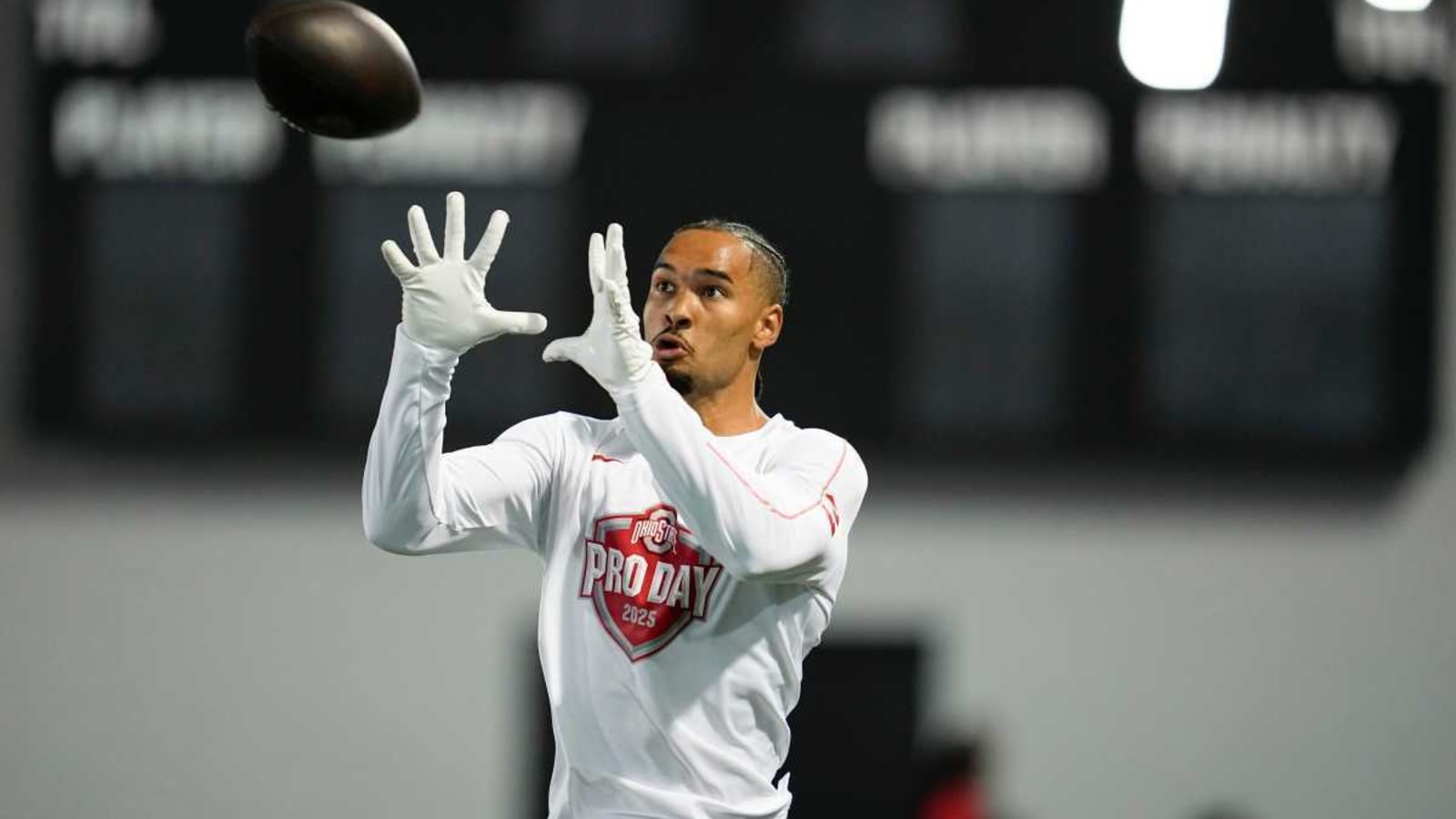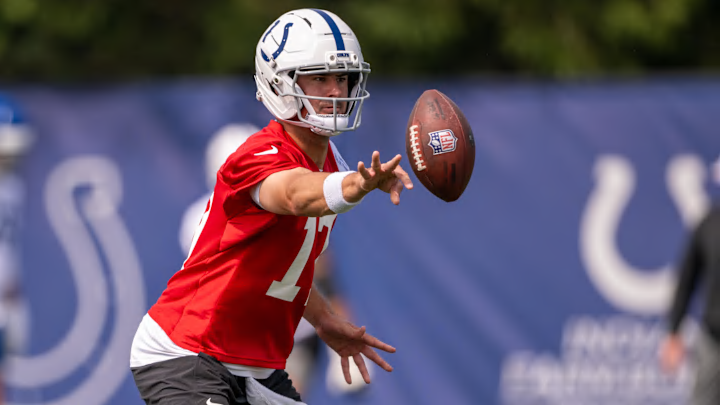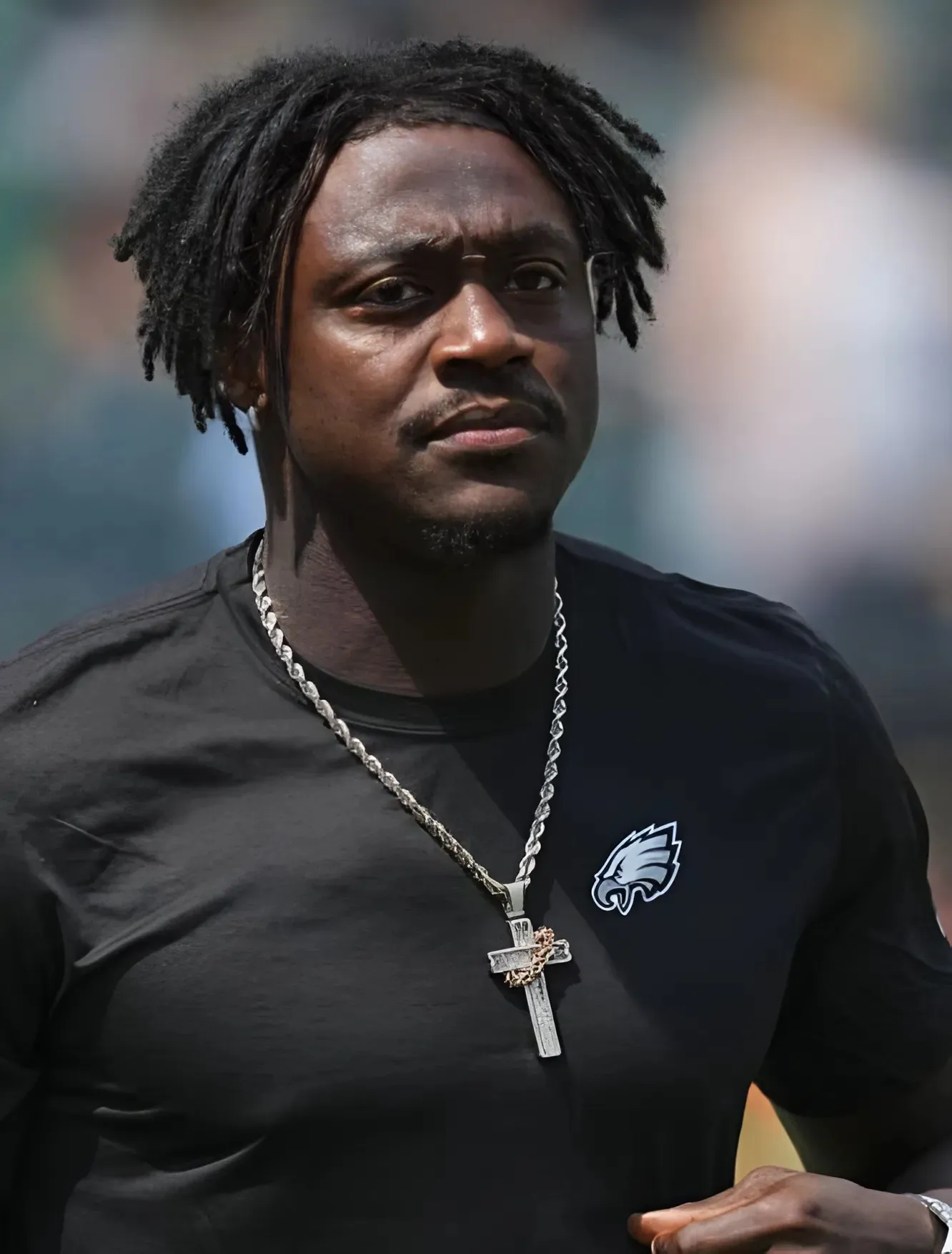
The main goal of a team in any draft is to find good players, and that's fine. But in today's NFL, that might be too simplistic. After all, every team has good players in the league. To compete with top teams and executives like Howie Roseman and Brett Veach, it's important to maximize value to build a top roster.
Since 2011, with the inception of the rookie-scale contract, roster-building in the NFL has been completely different. The understanding of positional value is more and more pressing for any successful franchise.
And it seems like the Green Bay Packers are aligned with what's worth more. Even though it's fair to contest some of the Packers' decisions taking players who wouldn't be early contributors, general manager Brian Gutekunst has been efficient in giving proper value to the positions that matter the most.
Jason Fitzgerald from Over The Cap wrote an enlightening article about the topic.
Positional importance and surplus value
There are multiple ways to study and analyze position value. Wins above replacement is one. But when it's time to talk about the draft, other factors come into play.
The top of the market at each position is impactful, because that amount will determine how much surplus value the team can get if it takes a top player. For example, Jayden Daniels making less than $10 million per year means at least a $90 million surplus value for the Washington Commanders at the quarterback position—and that's if he extends his contract after three seasons.
Another point is how frequently top players at the position become available in free agency. For positions perceived as more valuable, teams make sure to extend players early. It's hard to see top quarterbacks or tackles hitting the open market.
So Fitzgerald put those two factors together in this excellent graphic.
Which positions are more valuable
As expected, quarterback is the most valuable position based on the established criteria. Both because the salary benefit is great, but also because teams don't let good quarterbacks walk. That's no news.
The most intriguing part of the study is that wide receivers are much more valuable than you might think for the same reasons. The average salary cap benefit of taking first-round wide receivers is almost $20 million, and the great ones don't hit the market. And yes, that counts the failures as well, because it's an average.
The second level is debatable. Interior defensive linemen and edge defenders create more salary benefit, but it's more plausible to find solid players in free agency. For tackles, the surplus value is not as high, but the good ones get re-signed.
Guards and cornerbacks hit free agency somewhat frequently. And excluding specialists and fullback, the least valuable positions to select are center, linebacker, and running back.
Right track
The Packers follow a trend to pick players from premium positions in the first round, except for linebackers and safeties. The norm is quarterbacks, edges, cornerbacks, offensive and defensive tackles. The curious exception is wide receiver, and the Ron Wolf tree has never taken one in the first round.
But this year, the intentions are clear. Among the top 30 visits, the Packers have three offensive tackles, three edge defenders, three wide receivers, a defensive tackle, and a cornerback. The only exception is a center, but Jacob Bayer is expected to be a late-round or undrafted prospect. Meanwhile, the tackles and wide receivers are in the first/second-round range.
Brian Gutekunst is leaning towards making smart additions to the roster, and that's the correct process to build a consistent winner in the NFL.

-1745048380-q80.webp)

